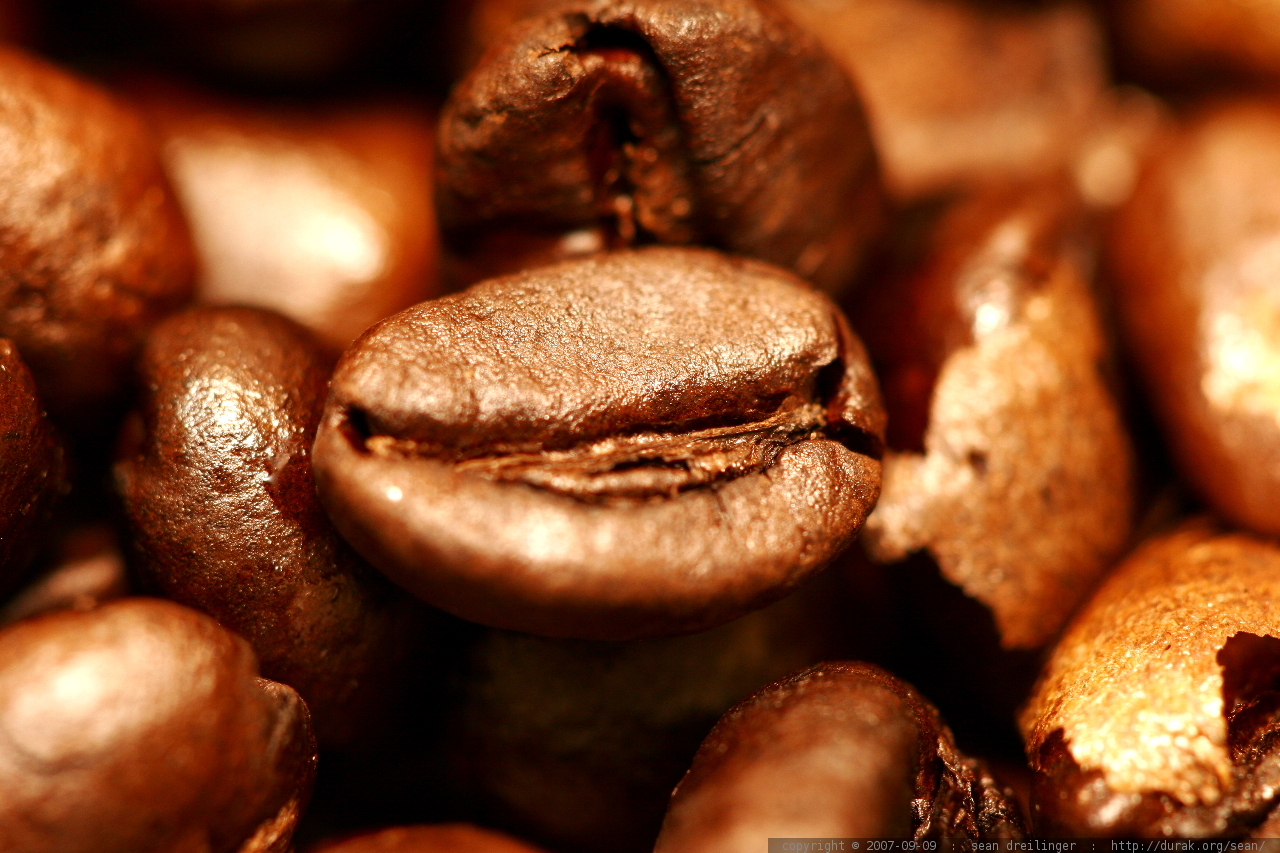You can smell it, can't you? That rich, full aroma of perfectly roasted coffee. It's a scent you chase at coffee shops, hoping they get it just right. But what if that amazing aroma came from your own kitchen?
Taking charge of your own coffee and roasting might seem complex. The truth is that it is very possible and much easier than you think. This guide will walk you through the process, helping you make a great coffee every time.
Embarking on this path opens you up to a new appreciation for your morning coffee cup. You will discover flavors you never knew existed in those pre-packaged beans. Your personal journey with coffee and roasting is waiting to start.
Table Of Contents:

- So Why Should You Roast Your Own Coffee?
- The Gear You Need to Get Started
- Picking Out Your Green Coffee Beans
- The Art of Coffee and Roasting: The Stages
- Creating and Logging Your Roast Profile
- Avoiding Common Roasting Defects
- Tips from Roasters Just Like You
- Conclusion
So Why Should You Roast Your Own Coffee?
Let's be honest, the thought to roast coffee at home probably sounds like a lot of work. You might picture giant, complicated machinery and needing years of training. That's really not the case for getting started, and this is one of the most rewarding hobbies you can pick up.
The primary reason to roast your own is freshness. Green coffee beans can stay fresh for months, even up to a year if stored correctly. Roasted beans, however, start losing their best flavors just days after being exposed to oxygen.
When you roast your own, you are drinking coffee at its absolute peak of freshness and flavor. Another big advantage is the control you gain. You decide the specific roast level you want, from a light roast to a very dark roast.
This lets you experiment to find the perfect flavor profile for your palate, something you can't get from a store-bought bag. You can create your own coffee blends or focus on a single origin coffee. It's your coffee, made exactly your way.
The Gear You Need to Get Started
You do not need to spend a fortune to begin your coffee and roasting adventure. There are methods available for every budget and level of interest. Your choice depends on your desired batch size and how involved you want to be in the process.
The Low-Cost DIY Methods
Believe it or not, you might already have a coffee roaster in your kitchen cabinet. An electric hot air popcorn popper is one of the best ways to start. They are inexpensive, easy to find, and let you watch the entire roasting process up close.
This hands-on approach is fantastic for learning what the beans look and smell like at each stage. You can also use a cast iron skillet on your stovetop or even roast beans in your oven on a baking sheet. These methods require more attention to achieve an even roast, so they have a slightly steeper learning curve.
With a skillet, you need to keep the beans in constant motion to prevent scorching. The oven method can handle a larger batch size but makes it harder to monitor the beans and hear the cracks. Both of these methods also produce a good amount of smoke, so proper ventilation is critical.
Dedicating an Appliance to Your Hobby

If you find yourself getting serious about home roasting, you might want a machine built specifically for it. These machines come in two main styles: air roasters and drum roasters. Air roasters function similarly to popcorn poppers but offer much greater control over temperature and airflow.
They are great for highlighting the delicate notes in light roasts. Drum roasters are a bit larger and operate more like the commercial machines you see in coffee shops. They tumble the beans in a heated drum, which generates more smoke but can also handle larger batches of green beans.
Many modern home roasters, both air and drum types, come with features to help you perfect your craft. Some can connect to software on your computer, allowing you to plot and save your roast profile. This lets you track the bean temperature, or BT readings, throughout the roast, making it easier to repeat a great batch of coffee.
Picking Out Your Green Coffee Beans
Choosing your first green coffee beans can feel overwhelming. You will see names like Ethiopia Yirgacheffe, Colombia Supremo, or beans from a farm in Santa Cruz. A good starting point is to keep things simple.
Many online suppliers of green beans offer sample packs. These are bundles of different coffees from various regions, which is a great way to taste coffees from around the world without committing to a large bag. This is a cost-effective way to explore and learn what you like.
Do you prefer the bright fruit flavors of an African coffee or the chocolaty, heavy body of one from South America? Starting with a sampler lets your taste buds guide you. As you browse, you might see terms like single origin, which means the coffee comes from one specific farm or region.
You will also encounter coffee blends, which are mixtures of beans from different places, created to achieve a balanced flavor. When you view product pages online, look for descriptions of the flavor profiles. You might also find information on whether the coffee is certified organic or high grown, which often indicates higher quality.
Once you find a featured coffee you like, you can add it to your shopping cart and begin your journey. Experimenting with different beans is half the fun of home roasting. The unique qualities of each coffee are what make the process so rewarding.
The Art of Coffee and Roasting: The Stages
The magic happens when you apply heat to the green beans. Roasting is a chemical transformation that turns a hard, green seed into a brittle, aromatic coffee bean ready for grinding. Knowing the stages helps you control the final flavor in your coffee cup.
The whole process for a small batch takes time, typically about 10 to 15 minutes depending on your machine and desired roast degree. You will rely on your senses of sight, smell, and hearing to know where you are in the roasting time. It's an active, engaging process that connects you to your coffee.
Understanding how the initial moisture content of the beans can affect BT readings is important for consistency. Drier beans may heat up faster than beans with higher moisture. This is a variable you will learn to manage with experience.
| Roast Stage | Approx. Temperature (Degrees Fahrenheit) | What's Happening |
|---|---|---|
| Drying/Yellowing | ~330°F | Beans turn a light yellow and smell grassy or like baking bread. This is the drying phase where water evaporates. |
| First Crack | ~390°F - 405°F | You hear an audible pop, like popcorn. Sugars are caramelizing, and this marks the beginning of a true light roast. |
| City Roast | ~415°F - 426°F | First crack slows and finishes. This is a popular roast level for many specialty coffees to preserve origin character and acidity. |
| Medium Roast (Full City) | ~427°F - 435°F | Beans have expanded and darkened. This is just before second crack, offering a balanced flavor profile with a medium body. |
| Second Crack | ~440°F - 450°F | A fainter, snappier crack begins. The roast flavor starts to dominate, and oils appear on the surface of the bean. |
| Dark Roast (French/Italian Roast) | ~465°F - 480°F | Sugars are heavily caramelized or even burning. The beans are very dark and oily, with a pungent, smoky flavor. |
That first audible pop is known as the first crack. This is a critical moment in the roasting time. It's the sound of moisture rapidly escaping and the bean's structure fracturing from the pressure.

Once first crack starts, your coffee is officially drinkable, and you can stop the roast at any time. A roast stopped during or just after first crack is considered a City Roast, a type of light roast. If you continue applying heat, the sugars caramelize further, developing the bean into a Full City Roast as you approach the next stage.
This period between the end of first crack and the start of second crack is often called the development time. Many home roasters find their sweet spot right in this window, producing a medium roast or a medium dark roast. Renowned coffee expert Scott Rao suggests that a healthy development time is crucial for avoiding underdeveloped flavors.
If you keep the heat going, you will eventually hear a second crack. This sound is faster and more delicate, like Rice Krispies in milk. This is where you get into the territory of darker roasts like a Vienna, French, or Italian Roast.
Be very careful here, because the beans are becoming more porous and the reactions are accelerating. From this point, the beans can quickly turn to charcoal if you are not paying close attention. A darker roast will have a heavy body and more roast-forward flavors.
Creating and Logging Your Roast Profile
As you gain experience, you will want to achieve consistency. The best way to do this is by tracking and logging each batch. A roast profile is essentially a map of what happened during the roast, typically charting bean temperature over time.
You don't need fancy software to start, though it helps. A simple notebook is sufficient. Key data points to log for each batch include the type of green beans, the batch size, the charge temperature (the temperature when you add the beans), and the time and temperature of key milestones.
Record when the beans turn yellow, when first crack begins, and when you ultimately end the roast. If your machine allows, tracking BT readings every 30 or 60 seconds gives you a detailed curve. This data helps you repeat your great coffees and diagnose any problems with future batches.
Avoiding Common Roasting Defects
Not every roast will be perfect, especially when you are starting out. Understanding common roasting defects can help you troubleshoot your process. Learning to spot these issues will dramatically improve the quality of your coffee.
One common defect is scorching, where the flat face of the bean has dark, burnt spots from too much conductive heat. This can happen in drum roasters if the drum is too hot or in skillets if the beans aren't agitated enough. Scorched beans will taste ashy and burnt.
Another issue is tipping, which is similar to scorching but occurs at the ends, or tips, of the beans. This is often caused by applying too much heat too quickly at the beginning of the roast. Baked coffee is a less obvious defect where the roast took too long with insufficient heat, resulting in a flat, bready, and lifeless coffee cup.
Identifying these roasting defects helps you adjust your roast profile. If you are getting scorched beans, perhaps lower your charge temperature. If your coffee tastes baked, you might need to apply heat more aggressively to shorten the overall roast time.
Tips from Roasters Just Like You
Once you get going, you will run into little challenges. The good news is, you are not alone. Many roasters have shared their wisdom over the years, and their experience can help you a lot on your journey.
A common issue for beginners is hearing the cracks, especially the quieter first crack. Your popper or machine can be loud. A brilliant tip is to use a cardboard paper towel tube as a listening device, placing one end near the machine's exhaust and the other to your ear to amplify the sound.
Another question is about resting the beans after roasting. Should you brew them immediately? You can, but many people find the flavor is much better after resting the beans for 24 to 72 hours. This degassing process is vital for proper extraction, as coffee releases a lot of CO2 right after being roasted.
Remember that the ideal roast degree can depend on your brewing method. A lighter roast with bright acidity might be perfect for pour-over or drip coffee. If you plan to make espresso, you might prefer a medium dark roast that has more body and less sharpness.
Finally, remember that learning to roast light or roasted dark well takes time. Your first few batches might not be perfect, and that is okay. The journey of improving your skills is part of the fun, and remember that home roasting coffee doesnât have to be intimidating.

Conclusion
Starting to roast your own coffee is a decision you will not regret. It is a fun and engaging hobby that pays you back with every single cup you brew. You get fresher coffee, access to a wider variety of flavor profiles, and a much deeper connection to your daily ritual.
You do not need to be a professional to roast coffee. All you need is a bit of curiosity and a willingness to learn from each batch. The amazing flavors waiting in those green beans are now within your reach.
Your personal adventure with coffee and roasting starts with that first batch of beans turning golden brown. It's a sensory experience that only gets better and more rewarding from there. Enjoy the process and the delicious results.


